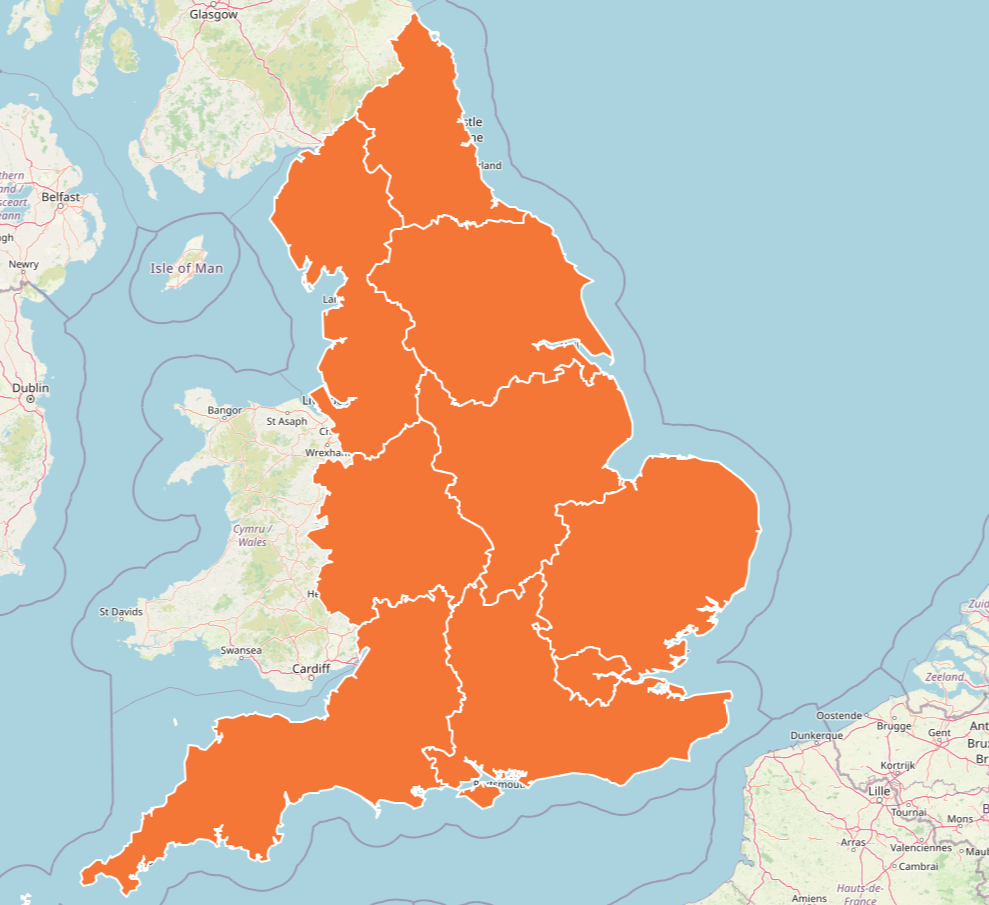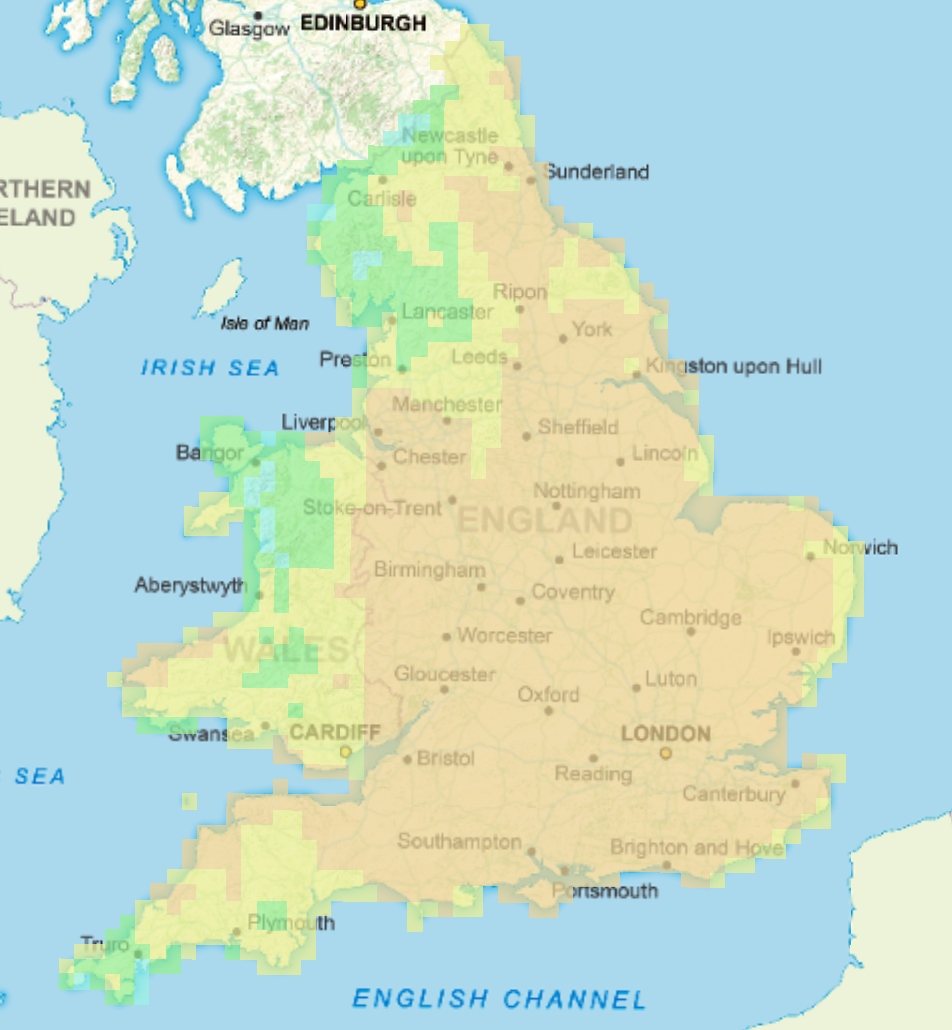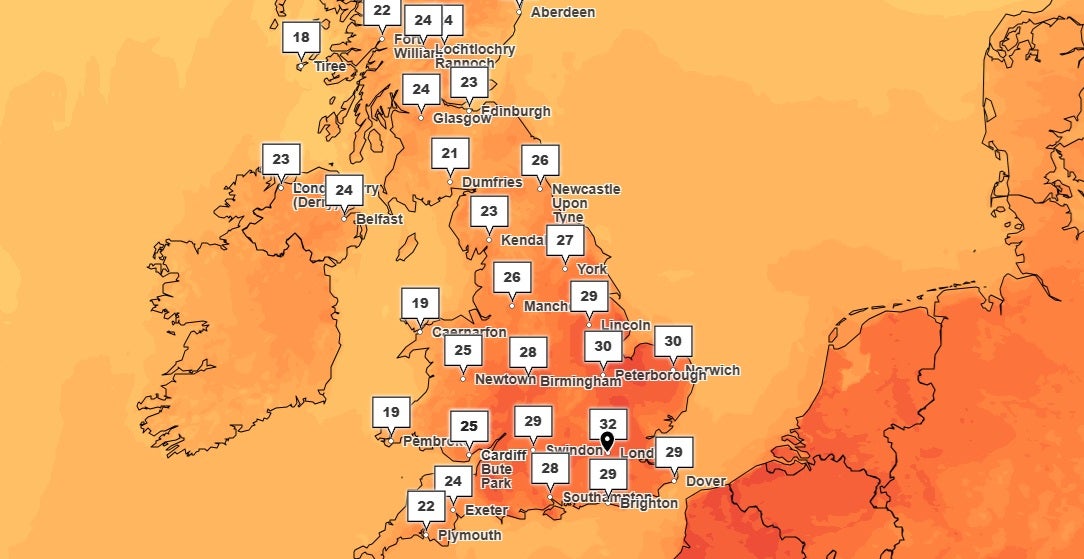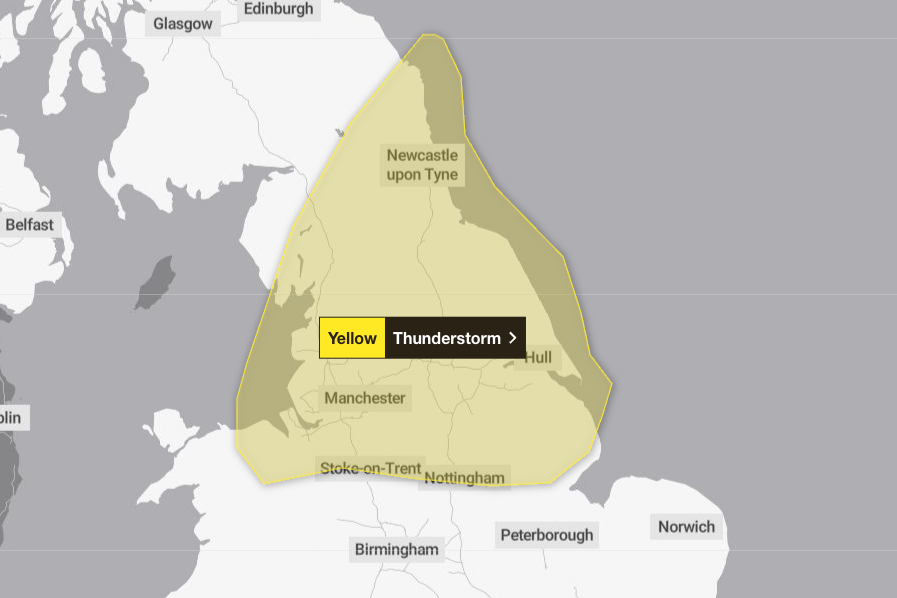UK heatwave: Wildfire, health and drought warnings explained in six key maps
Thursday saw the mercury hit 32C in west London as the country sweltered under an amber heat-health alert

The UK could set a new high for the warmest day of the year on Saturday, with forecasters predicting temperatures could reach up to 34C.
Thursday saw the mercury hit 32.2C in Kew, west London – the hottest day of 2025 so far – as the country sweltered under an amber heat-health alert.
On Friday, temperatures were reached 30.8C in England and Wales, triggering an official heatwave after three consecutive days of hot weather.
The Met Office says temperatures could reach up to 34C in isolated areas of England, but rain, hail and lightning could also be on their way, with a thunderstorm warning issued.
A amber heat-health warning from the UK Health Security Agency (UKHSA), covering all regions of England, remains in place until 9am on Monday.
It warns “significant impacts are likely” across health and social care services because of high temperatures, including a rise in deaths, particularly among those aged 65 and over or people with health conditions.

Met Office spokeswoman Nicola Maxey said: “Tomorrow [Saturday], temperatures may continue to go up a little for the east and south-east area of the country, we might see them creep up to 33C, or even an isolated 34C, but we are going to see that change.
“In the west, tomorrow we should start to see more of this cloud come in, and we have a fresher air mass pushing in across the country.”
It comes after a warning has been issued as firefighters have responded to more than 500 wildfires across England and Wales this year so far.
So far this year, more than 500 wildfire incidents have been responded to by English and Welsh fire and rescue services, up 717 per cent on the same period in 2024, and more than double the number seen in 2022 which went on to be the worst year on record for wildfires, the National Fire Chiefs Council (NFCC) said.
Public safety advice issued by the NFCC includes avoiding the use of disposable barbecues in open countryside, parks, and moorland areas and not discarding cigarettes, matches, or glass bottles, as they can ignite dry vegetation.
With drier conditions during this time of year meaning that fires can burn into peat, and can burn for longer, it is likely some fires will take a number of days, rather than hours, to extinguish, causing more damage and placing further pressure on fire and rescue services, the NFCC added.

Increasing amounts of cloud will move in from the west on Saturday, with a chance of showers, some which could be thundery in North Wales and north-west England, while eastern areas will see another dry and hot day, he added.
Temperatures will be in the low 30s, and probably be the peak of the hot spell on Saturday, as 34C is possible, still below the June record of 35.6C in 1976.
Sunday will be another very warm day in the south and east probably in the late 20s, elsewhere it will be cooler, with temperatures in the mid 20s, Mr Stroud said.

Earlier this month, the Environment Agency (EA) said Yorkshire moved from “prolonged dry weather” to “drought” status.
This means the county is facing a shortage of water after a prolonged period of low rainfall.
Yorkshire Water said the drought status does not immediately change the situation for customers but water restrictions – such as a hose pipe ban – are possible this summer unless the county sees “significant rainfall” in the coming months.
It follows the declaration of drought for the north west of England at the end of May, which covers Greater Manchester, Merseyside and Cheshire, and Cumbria and Lancashire.
On Friday, the Met Office also issued yellow thunderstorm warnings for Saturday and Sunday covering large parts of northern England.
It is in place from 3pm on Saturday to 4am on Sunday.
The warning covers the East Midlands, West Midlands, North East England, North West England, Yorkshire and the Humber and some parts of Wales.
This includes major towns and cities such as Leicester, Nottingham, Durham, Newcastle, Greater Manchester, Merseyside and York.

Meanwhile, a number of charities have issued warnings about the potential risks of hotter weather.
St John Ambulance urged the public to familiarise themselves with the signs of heat exhaustion and heatstroke and to learn how to respond.
The British Heart Foundation is encouraging people with heart conditions to take precautions such as staying cool and keeping hydrated to minimise potential health risks during a heatwave, saying the heat can put extra strain on the heart.
Age UK urged people to check in on older relatives, friends, and neighbours to see if they need anything and to make sure they are not feeling overwhelmed by the excessive heat.
Dementia UK issued advice and tips on how to support a loved one with dementia in the heat, including keeping hydrated; staying cool with appropriate clothing; keeping the person out of the heat; cooling the person down by avoiding hot drinks, alcohol and caffeine; and keeping the home environment cool.
Join our commenting forum
Join thought-provoking conversations, follow other Independent readers and see their replies
Comments